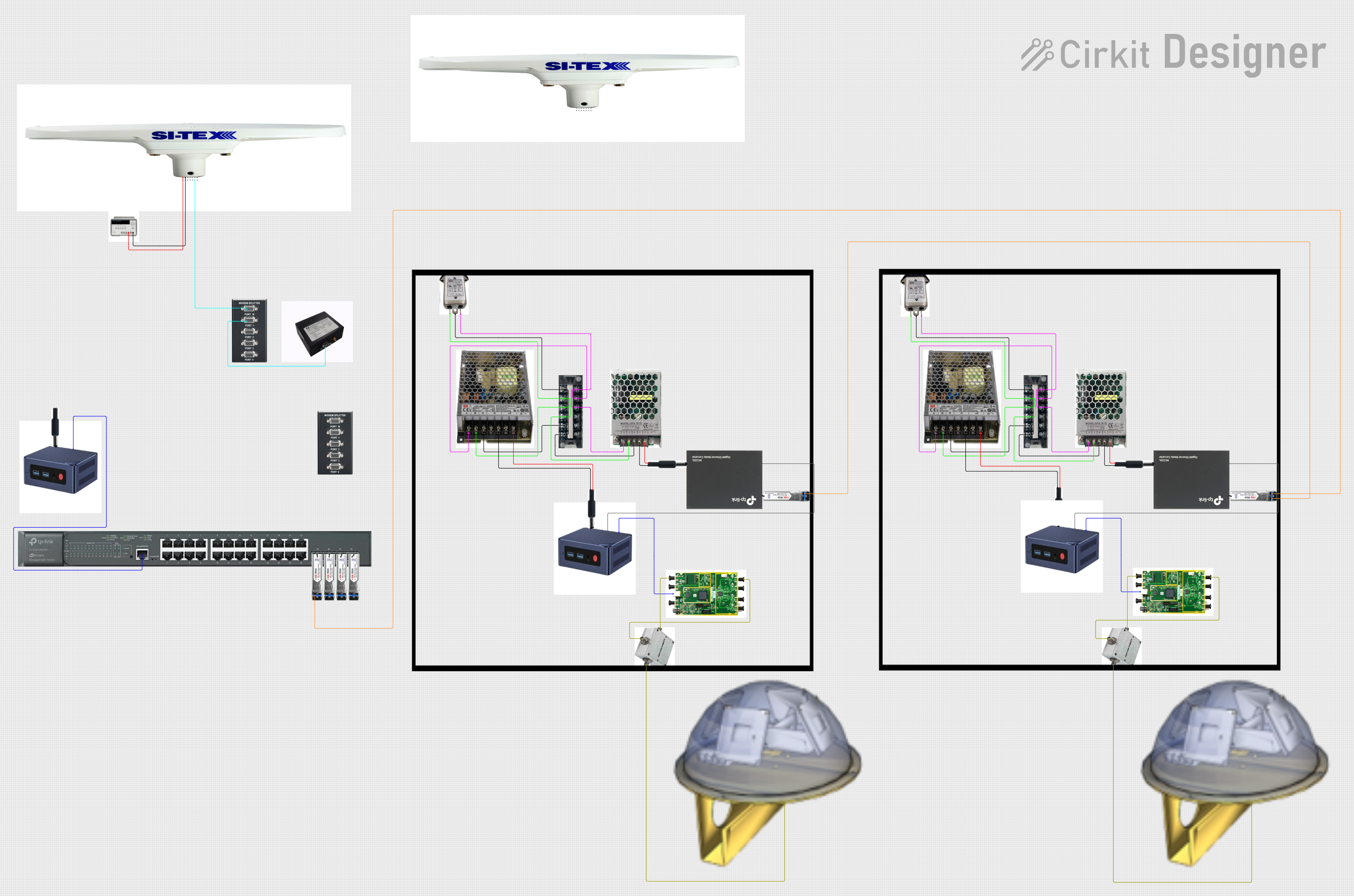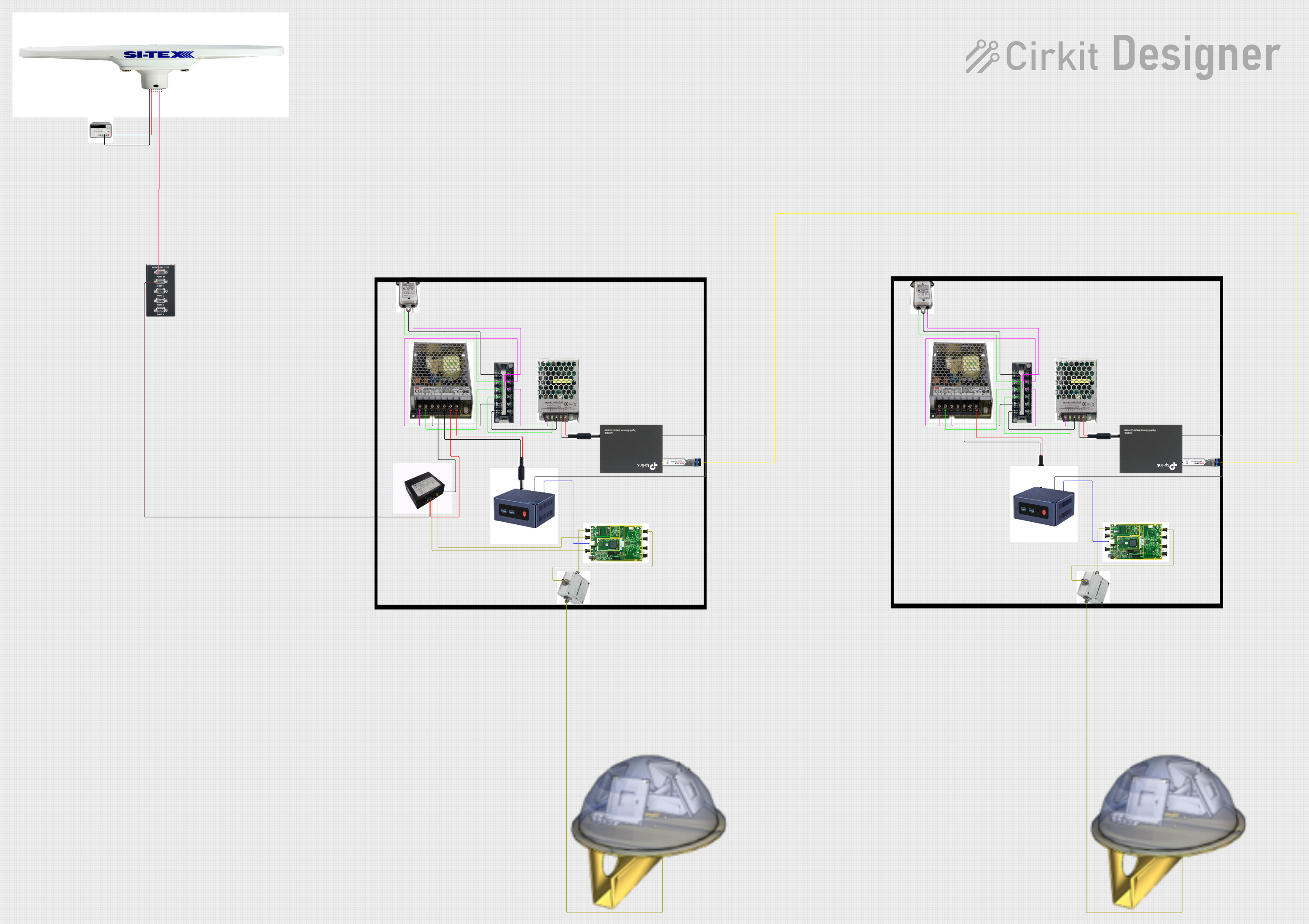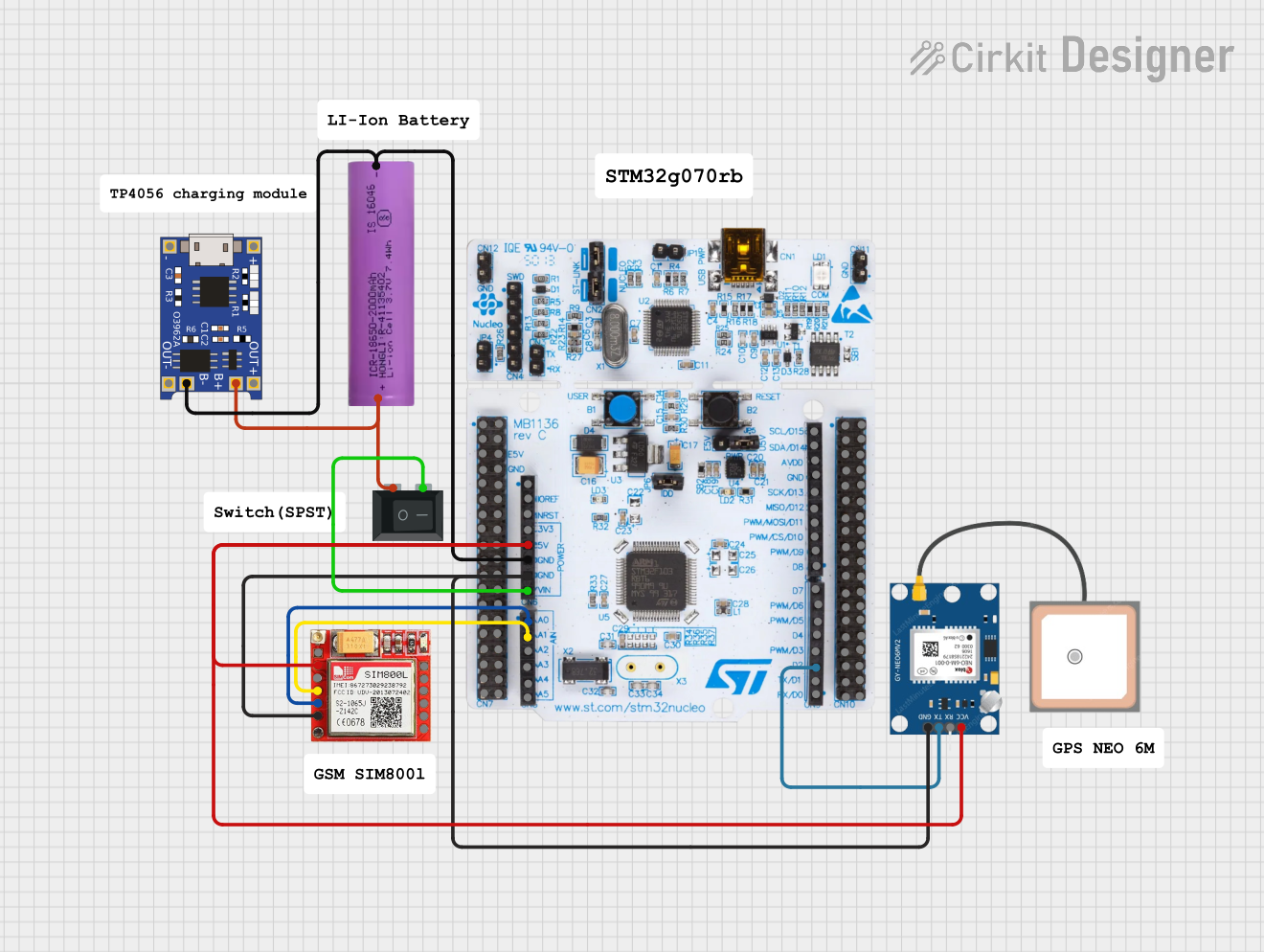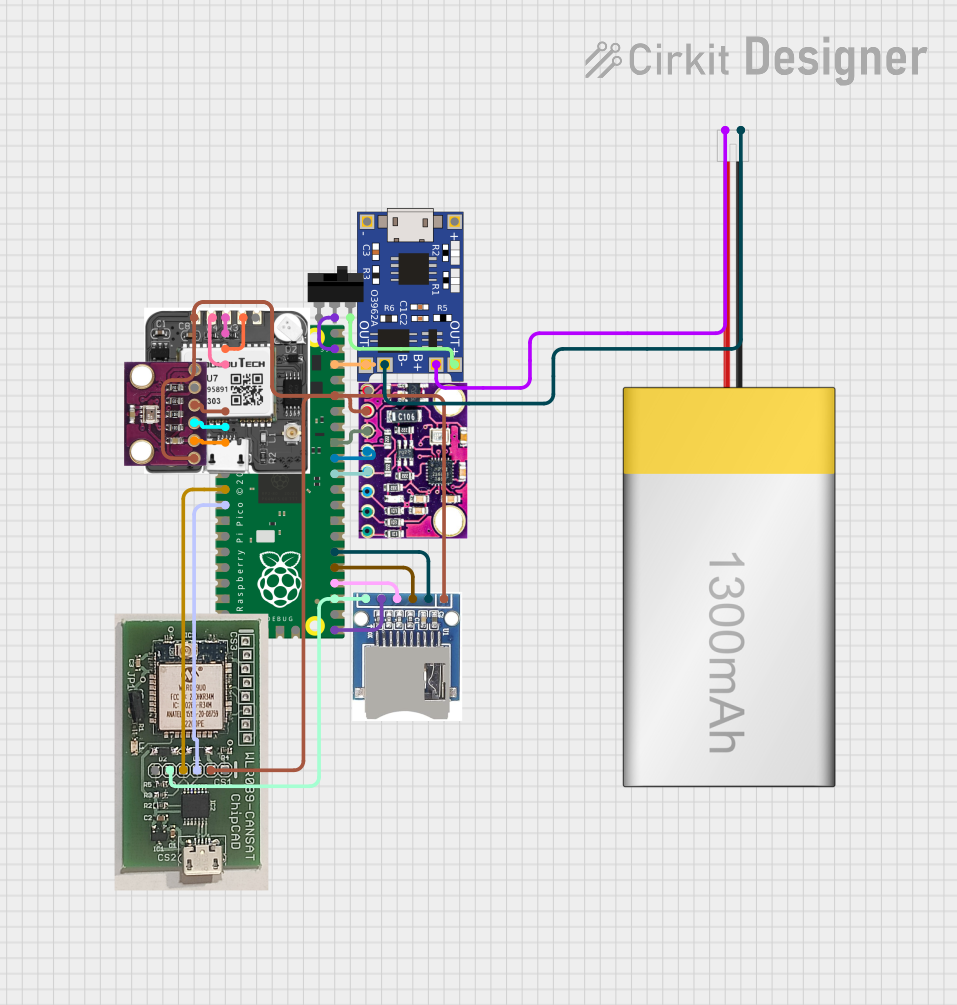
How to Use PN5180: Examples, Pinouts, and Specs

 Design with PN5180 in Cirkit Designer
Design with PN5180 in Cirkit DesignerIntroduction
The PN5180 is a highly integrated NFC (Near Field Communication) reader IC designed for contactless communication. It supports various NFC protocols, including ISO/IEC 14443, ISO/IEC 15693, and FeliCa, making it a versatile solution for a wide range of NFC applications. The PN5180 is optimized for high performance and low power consumption, making it suitable for mobile payments, access control systems, smart card readers, and other NFC-enabled devices.
Explore Projects Built with PN5180

 Open Project in Cirkit Designer
Open Project in Cirkit Designer
 Open Project in Cirkit Designer
Open Project in Cirkit Designer
 Open Project in Cirkit Designer
Open Project in Cirkit Designer
 Open Project in Cirkit Designer
Open Project in Cirkit DesignerExplore Projects Built with PN5180

 Open Project in Cirkit Designer
Open Project in Cirkit Designer
 Open Project in Cirkit Designer
Open Project in Cirkit Designer
 Open Project in Cirkit Designer
Open Project in Cirkit Designer
 Open Project in Cirkit Designer
Open Project in Cirkit DesignerCommon Applications and Use Cases
- Mobile payment terminals
- Access control systems
- Smart card readers
- Ticketing systems
- NFC-enabled IoT devices
- Industrial automation with NFC communication
Technical Specifications
Key Technical Details
- Operating Voltage: 3.0V to 5.5V
- Operating Frequency: 13.56 MHz
- Supported Protocols: ISO/IEC 14443 A/B, ISO/IEC 15693, FeliCa, MIFARE
- Host Interface: SPI (Serial Peripheral Interface)
- Power Consumption: Low-power modes available for energy-efficient operation
- Output Power: Up to 1.3W (adjustable)
- Temperature Range: -30°C to +85°C
- Package: HVQFN32 (32-pin)
Pin Configuration and Descriptions
The PN5180 comes in a 32-pin HVQFN package. Below is the pin configuration and description:
| Pin Number | Pin Name | Description |
|---|---|---|
| 1 | VDD | Power supply input (3.0V to 5.5V). |
| 2 | GND | Ground connection. |
| 3 | TX1 | Transmitter output 1 for antenna connection. |
| 4 | TX2 | Transmitter output 2 for antenna connection. |
| 5 | RX | Receiver input for antenna signal. |
| 6 | IRQ | Interrupt request output to signal events to the host. |
| 7 | NSS | SPI chip select (active low). |
| 8 | MOSI | SPI Master Out Slave In (data input to PN5180). |
| 9 | MISO | SPI Master In Slave Out (data output from PN5180). |
| 10 | SCK | SPI clock input. |
| 11 | RST | Reset input (active low). |
| 12-31 | NC | Not connected (reserved for future use). |
| 32 | AUX1 | Auxiliary pin for additional functionality (e.g., debugging or custom features). |
Usage Instructions
How to Use the PN5180 in a Circuit
- Power Supply: Connect the VDD pin to a stable power source (3.0V to 5.5V) and GND to the ground.
- Antenna Connection: Connect the TX1 and TX2 pins to an NFC antenna. Ensure proper impedance matching for optimal performance.
- SPI Communication: Connect the SPI pins (NSS, MOSI, MISO, SCK) to the host microcontroller. Configure the SPI interface on the host to communicate with the PN5180.
- Interrupt Handling: Use the IRQ pin to detect events such as tag detection or communication errors.
- Reset: Use the RST pin to reset the PN5180 when needed.
Important Considerations and Best Practices
- Antenna Design: Proper antenna design and tuning are critical for achieving optimal NFC performance. Use the PN5180 antenna design guide provided by the manufacturer.
- Decoupling Capacitors: Place decoupling capacitors close to the VDD pin to ensure stable operation.
- Firmware Updates: Ensure the host microcontroller has the latest firmware to support the PN5180.
- ESD Protection: Implement ESD protection on the antenna and communication lines to prevent damage.
Example Code for Arduino UNO
Below is an example of how to interface the PN5180 with an Arduino UNO using SPI:
#include <SPI.h>
// Define PN5180 SPI pins
#define PN5180_NSS 10 // Chip select pin
#define PN5180_RST 9 // Reset pin
#define PN5180_IRQ 2 // Interrupt pin
void setup() {
// Initialize serial communication for debugging
Serial.begin(9600);
Serial.println("Initializing PN5180...");
// Initialize SPI
SPI.begin();
pinMode(PN5180_NSS, OUTPUT);
pinMode(PN5180_RST, OUTPUT);
pinMode(PN5180_IRQ, INPUT);
// Reset the PN5180
digitalWrite(PN5180_RST, LOW);
delay(50); // Hold reset for 50ms
digitalWrite(PN5180_RST, HIGH);
delay(50); // Wait for the PN5180 to initialize
Serial.println("PN5180 initialized.");
}
void loop() {
// Example: Check for IRQ signal
if (digitalRead(PN5180_IRQ) == HIGH) {
Serial.println("PN5180 IRQ triggered!");
// Add code to handle NFC events
}
delay(100); // Small delay to avoid spamming the serial monitor
}
Troubleshooting and FAQs
Common Issues and Solutions
No Response from PN5180
- Cause: Incorrect SPI connection or configuration.
- Solution: Verify the SPI wiring and ensure the host microcontroller is configured for SPI communication.
Poor NFC Range
- Cause: Improper antenna design or tuning.
- Solution: Check the antenna design and ensure it is tuned according to the PN5180 design guidelines.
High Power Consumption
- Cause: PN5180 not entering low-power mode.
- Solution: Implement power-saving features in the firmware and ensure unused features are disabled.
Intermittent Communication Errors
- Cause: Noise or interference on SPI lines.
- Solution: Use shorter wires for SPI connections and add pull-up resistors if necessary.
FAQs
Q: Can the PN5180 read multiple NFC tags simultaneously?
A: The PN5180 supports anti-collision protocols, allowing it to detect and communicate with multiple tags sequentially.Q: Is the PN5180 compatible with Arduino libraries?
A: Yes, there are third-party libraries available for interfacing the PN5180 with Arduino. Ensure the library supports your specific use case.Q: What is the maximum NFC range of the PN5180?
A: The range depends on the antenna design and environmental factors but typically ranges from 5 to 10 cm.Q: Does the PN5180 support peer-to-peer NFC communication?
A: Yes, the PN5180 supports peer-to-peer communication as per the NFC Forum specifications.